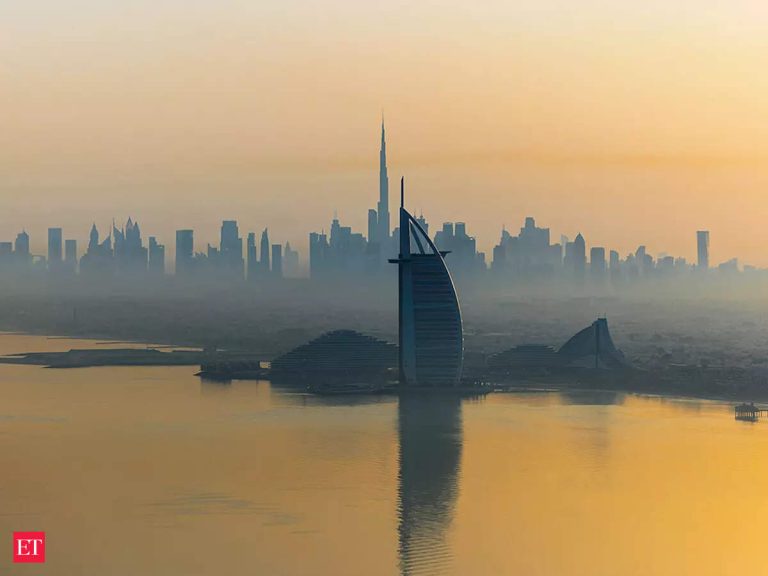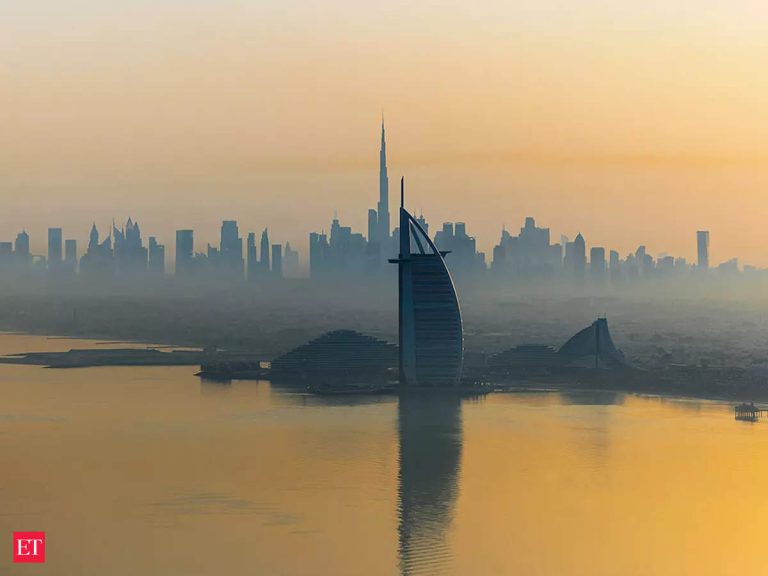Urban Green Spaces: The Future of Outdoor Living in European Cities by 2025
Urban Green Spaces are becoming increasingly important in European cities, as they provide numerous benefits for both the environment and the citizens. At the beginning of Urban Green Spaces, it is essential to understand the concept and its significance in the context of outdoor living. Urban green spaces refer to areas in urban environments that are covered with vegetation, such as parks, gardens, and green roofs. These spaces are crucial for maintaining ecological balance, mitigating the urban heat island effect, and improving air quality.
Benefits of Urban Green Spaces
Urban green spaces offer a wide range of benefits, including:
- Improved air quality: Urban green spaces absorb pollutants and particulate matter, improving the air quality and contributing to a healthier environment.
- Climate regulation: Green spaces help regulate the urban microclimate, reducing the urban heat island effect and providing shading and cooling through evapotranspiration.
- Noise reduction: Urban green spaces can act as a buffer, reducing noise pollution and creating a more peaceful environment.
- Recreation and leisure: Green spaces provide opportunities for recreation, socialization, and relaxation, improving the quality of life for urban residents.
- Biodiversity conservation: Urban green spaces can support local biodiversity, providing habitat for urban wildlife and helping to maintain ecosystem services.
Current State of Urban Green Spaces in European Cities
European cities are taking steps to increase the amount of urban green spaces, recognizing their importance for sustainability and quality of life. Many cities have implemented initiatives to create new green spaces, such as parks, gardens, and green roofs. For example, the city of Copenhagen has implemented a green roof policy, requiring all new buildings to have a green roof. Similarly, the city of Barcelona has created a network of green spaces, including parks, gardens, and green corridors.
Future of Outdoor Living in European Cities by 2025
By 2025, European cities are expected to have even more urban green spaces, with a focus on sustainability, innovation, and community engagement. Some of the trends that are expected to shape the future of outdoor living include:
- Increased use of green infrastructure: Green infrastructure, such as green roofs, green walls, and urban forests, will become more prevalent in European cities, providing numerous environmental benefits.
- Integration of technology: Technology will play a larger role in urban green spaces, with the use of sensors, drones, and other innovative solutions to monitor and maintain green spaces.
- Community engagement: Urban green spaces will become more community-focused, with initiatives to engage citizens in the design, maintenance, and use of green spaces.
- Emphasis on biodiversity: There will be a greater emphasis on biodiversity conservation in urban green spaces, with the creation of habitats for urban wildlife and the use of native plant species.
Conclusion
In conclusion, urban green spaces are a vital component of European cities, providing numerous benefits for both the environment and the citizens. As we look to the future, it is essential to prioritize the creation and maintenance of urban green spaces, incorporating innovative solutions and community engagement to create sustainable and thriving outdoor spaces.
Recommendations for Urban Green Space Development
To ensure the successful development of urban green spaces, the following recommendations are made:
- Conduct thorough needs assessments to determine the requirements of local communities.
- Engage citizens in the design and planning process to ensure that green spaces meet their needs and expectations.
- Incorporate innovative solutions, such as green infrastructure and technology, to enhance the environmental benefits of green spaces.
- Prioritize biodiversity conservation and the use of native plant species in urban green spaces.
Case Studies of Successful Urban Green Space Initiatives
There are many examples of successful urban green space initiatives in European cities, including:
- The High Line in New York City, a elevated park built on an old rail line, which has become a popular destination for both locals and tourists.
- The Parklets in San Francisco, small parks created in former parking spaces, which provide a peaceful oasis in the midst of a bustling city.
- The Green Roofs in Copenhagen, which have become a staple of the city’s architecture, providing numerous environmental benefits and creating a unique urban landscape.
Challenges and Limitations of Urban Green Space Development
Despite the many benefits of urban green spaces, there are also challenges and limitations to their development, including:
- High upfront costs: Creating and maintaining urban green spaces can be expensive, requiring significant investment from municipalities and private developers.
- Limited space: In densely populated cities, finding available space for green spaces can be a challenge, requiring creative solutions such as green roofs and walls.
- Conflict with other urban priorities: Urban green spaces may compete with other urban priorities, such as housing and transportation infrastructure, for funding and attention.
Conclusion and Future Directions
In conclusion, urban green spaces are a critical component of sustainable and thriving European cities. While there are challenges and limitations to their development, the benefits of urban green spaces far outweigh the costs. As we look to the future, it is essential to prioritize the creation and maintenance of urban green spaces, incorporating innovative solutions and community engagement to create sustainable and thriving outdoor spaces.






